Decontamination Guide

Decontamination
Decontamination, decon, or decon wash. Terms you may have heard in the detailing trade quite a lot but what do they mean? In this guide we will explain the meaning behind the terms, the types of substances that are being referred to and how we go about removing and protecting our vehicles from such substances.

1. Tar
- Probably the most common and irritating organic contaminant, transferred from freshly laid bitumen surface treatments on the very roads we drive on daily. The issue can be increased in the hotter, summer months due to the viscosity of the bitumen being lowered which in turn makes it easier to transfer from the road surface and be deposited on our vehicle. Typically, the lower half of your vehicle will be more at risk from build-up of tar spots especially the areas within close vicinity to the road wheels as it’s the wheels that transfer the bitumen compound from the road's surface up to the vehicle.
Remedy
- Bitumen is a highly viscous liquid or semi-solid form of petroleum, consisting of hydrocarbons of various molecular weights. Naturally adding more hydrocarbons to the semi solid deposits of tar will increase the softening point of the material and loosen it from the surface in a safe manner. Most (not all) tar removersare formulated around a hydrocarbon base. Simply spraying a tar remover directly onto the affected area will loosen the deposits or even dissolve them making the contaminant easy to remove with regular cleaning. Try not to agitate the deposits too much, it’s always best to allow the product to do the work for you. A light wipe down once the product has dissolved the tar should be ample contact.
Prevention
– Avoiding tar can be a tough task. We would simply suggest applying a durable sealantto your vehicle, especially to the lower areas of the vehicle. The durable, slick surfaces of a well formulated sealant will help to prevent tar from being able to stick to your vehicles surface over time.
NOTE: Tar removers can be very harmful to soft paintwork, typically ‘smart repairs’ or aerosol finishes and will also go a long way towards stripping any wax or sealant coatings on your panels. Great care must be taken when using these types of products and they should not need to be used with every wash you carry out.
2. Honeydew
– Often mistaken for tree sap, honeydew is a sugar-rich sticky liquid, secreted by aphids (green flies) and some scale insects as they feed on plant sap. When their mouthpart penetrates the phloem, the sugary, high pressure liquid is forced out of the gut’s terminal opening. Honeydew can often be found on leaves and plants especially in the summer months & literally falls from canopies and will bond to any surface beneath. Commonly, honeydew hardens after being deposited on a surface which in turn makes it harder to remove over time.
Remedy
- Honeydew can be particularly difficult to remove, especially if left for a long period to ‘dry out’ on the surface. Being loosely based on carbohydrates the sugary substance in its liquid or non-solidified form should be soluble in water, typically if you can get to the contaminate within the early stages then a warm mild alkalinewatery solution should remove the honeydew with relative ease. However, in most instances we come across honeydew, once its already been on the surface for some time and dried out to form hard, sticky spots. If this is the case, the only real option would be using an abrasive clay and a suitable clay bar lubricantto limit any damage that could be caused by the contact.
Prevention
– Your first means of prevention against honeydew would clearly be not to park around any areas of high foliage or under any tree canopies. This can sometimes be easier said than done in the UK. If you do park in a high risk area on a regular basis, then once again a well formulated paintwork sealantwould be your best defence against these organic substances, sealants tend to lower the surface tension and would therefore make it a little more difficult for any organic substance to bond to the surface. This coupled with regular pre washes with a mild alkaline snowfoam or similar to help break down any honeydew deposited on the surface sooner rather than later should go a long way to protecting you from the issue in future.

3. Bug Splatter
– Also a very common nuisance in the summer months but not limited to. Airborne bugs and insects simply hit the front surfaces of your vehicle whilst it’s in motion and the debris that’s left dries out and welds itself to the surface. Bug splatter can cause etching and discolouration of underlying painted surfaces due to the corrosive effects of the organic acids found in the bug's remains. The build-up of such contaminants on the surface don’t only have an effect on the aesthetic qualities of the finished surface, but also have a dramatic effect on the surfaces abilities to sheet water and soiling off the vehicle.
Remedy
– Bug splatter as with honeydew can become harder to remove over time. Regular cleaning with a mild alkaline solutionto help break down the carcass of the bugs should prevent any build up or etching. We always suggest the use of a dedicated bug and grime removalproduct due to the fact that these can be formulated to specifically target the bug remains and have little to no effect on any delicate wax or sealant coatings that are applied to the surface. Bug etching itself will almost always require polishing or correction work to remove, similar in a way to bird dropping etching, the acidic properties of the remains eat into the soft surface of your paintwork if left. See our polishing and correction guide for more details on this.
Prevention
– Ensuring your vehicle is well protected will go a long way towards preventing these bugs from hanging around once they kindly deposit themselves on the front end of your vehicle. Again, a well formulated sealant will lower the surface tension on your paintwork and help limit the chances of the bug splatter etching onto the surface itself. Regular cleaning with a mild alkaline solution or dedicated bug remover will also limit the chance of etching. Be sure to look for a formula here that is labelled as LSP or wax safe so that you’re not stripping the wax and sealant protectant layers at the same time.
Inorganic materials
- Next up we have inorganic particulates derived from industrial and commercial activities. These types of contamination can mostly not be seen to the naked eye and would include the likes of; industrial fallout, brake dust, railway dust, paint overspray and exhaust soot and can all bond to your vehicles surface both physically by charge attraction and chemically by electrolysis.
1. Iron Fallout
– A commonly used term, iron fallout typically comprises of ferrous metals that are charge attracted to the vehicle's surface and become embedded once in contact. Iron fallout can occur from a number of sources including heavy industrial works, railway works and brake dust from your vehicle itself. These sharp & sometimes extremely hot particles embed themselves deep into soft surfaces on the vehicle and begin to oxidise. This oxidisation process is of particular threat as ferrous metals expand when oxidising. This expanding reaction can be very damaging and cause blistering underneath the painted surface and even initiate oxidisation of the vehicles surface itself in worst cases.
Remedy
- There are two main ways that iron fallout can be effectively and safely removed from a vehicle's surface. Mechanical abrasion & Chemical process. Mechanical abrasion would be through the process of clay baring, an abrasive clay that is gently passed over the effected surface, this clay is tacky to the touch and simply collects any bonded contaminants and lifts them away from the surface. (see our clay bar guide for more in depth details). Secondly chemical process, in recent years we have become familiar with the bleeding style iron fallout removersbut not all of these types of products produce the desired bleeding effect. Bleeding Fallout removers work in a way that there are redox potential changes meaning the thioglycolate ion is chelating rusty iron bonded to the surface, changing it from being totally insoluble in water to being a, water soluble, purple coloured iron/thioglycolate complex which can be washed away, this reaction is only a means of loosening the outer ‘rusty’ shell of the particle and does not need to fully disolve the iron, the reaction allows the by-product and the previously bonded contaminant to be swilled away under normal cleaning without the need for contact.
Prevention
– As with most contaminants, simply eliminating the source of the contaminant is the easiest remedy. Limiting your vehicles exposure to the industrial environments that emit these harmful particles will go a long way to reducing any build-up. Brake dust can be a little harder to avoid but making sure you carry out regular maintenance washes to remove any loose particles before they become embedded and even making sure you have sufficient protection applied to the surfaces will again reduce the amount of build-up you will have to contend with.
2. Paint Overspray
– Pretty self-explanatory, small particles of airborne paint deposited on the surface from industrial works or conventional body repair centres. These types of contaminants can be typically difficult to remove especially once they have had time to fully cure on the surface. Almost all paint types will etch into all soft surfaces of a vehicle.
Remedy
– Clay bars can be very effective on certain types of paint overspray (see our clay bar guide here) but not all will be removed easily via this method and more abrasive methods may be needed. If clay will not work we would recommend moving onto a medium or heavy cut polish, being careful not to cut too far. If all else fail, you will be looking towards the means of wet sanding.
Prevention
– No real protection from this type of contaminant, simply keep your vehicle away from any type of paintwork, be it industrial, body repairs or even painting the fence at home.
3. Exhaust soot
– Emitted from every day use of your vehicle, comprising mainly of nitrogen, water vapour and carbon dioxide compounds with a small percent of trace elements being carbon monoxide, hydrocarbons (unburnt fuel) and nitrogen oxides. more common in older diesel engines. Exhaust soot can stain soft metals especially when combined with heat (mainly seen on exhaust tips).
Remedy
– Mostly, exhaust soot that builds up on the rear end of your vehicle will be easily removed by a mild alkaline solutionor even gentle shampoo wash.In the instance of exhaust tips, a slightly acidic solution or a standard hydrocarbon based tar and glue removercan be used to soften any stubborn staining followed up by a little effort with a dedicated metal polish.
Prevention
– General paintwork can be protected from soot with a simple sealantas the soot holds little chance of marking a painted finish. With exhaust tips and areas that are subject to heat then a dedicated high temperature sealant or ceramic coating may be required.

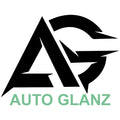
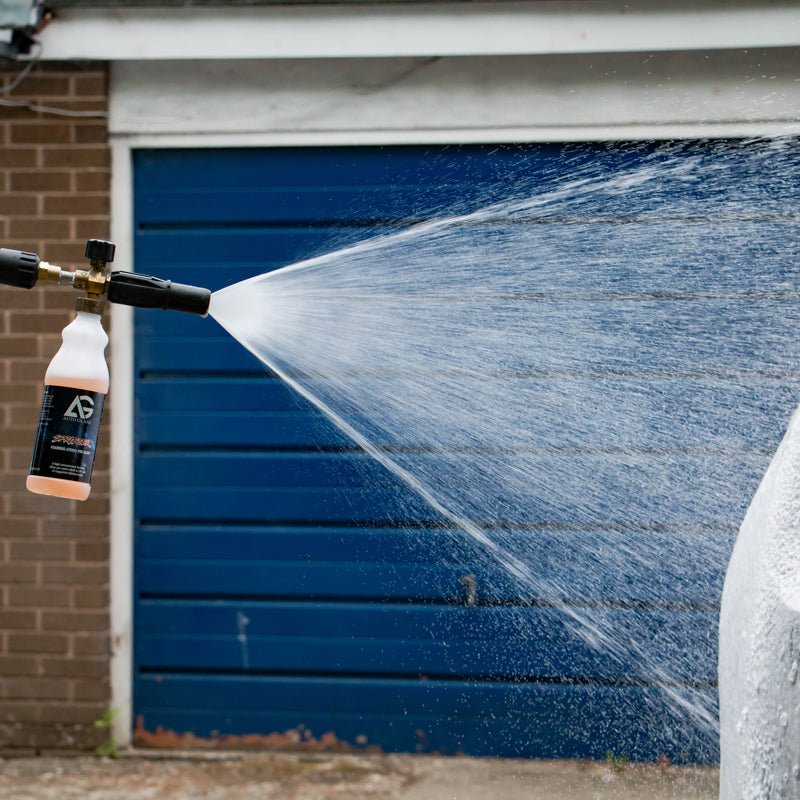
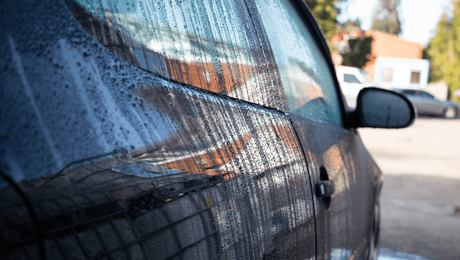
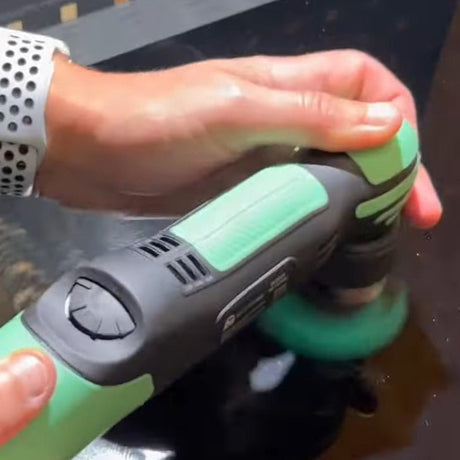
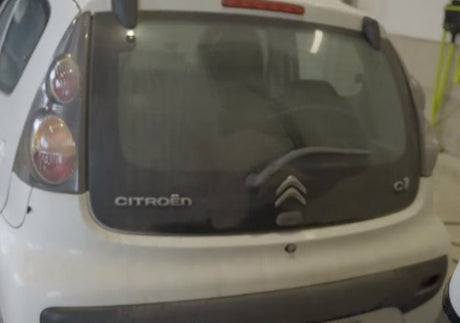
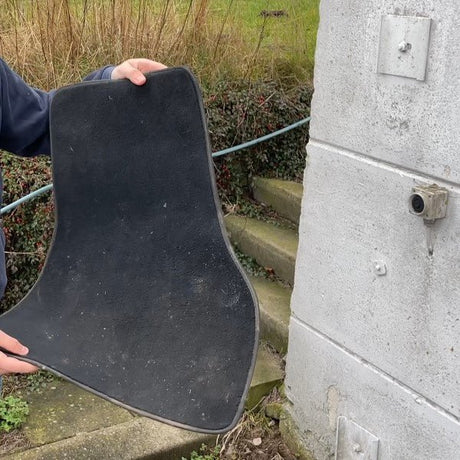
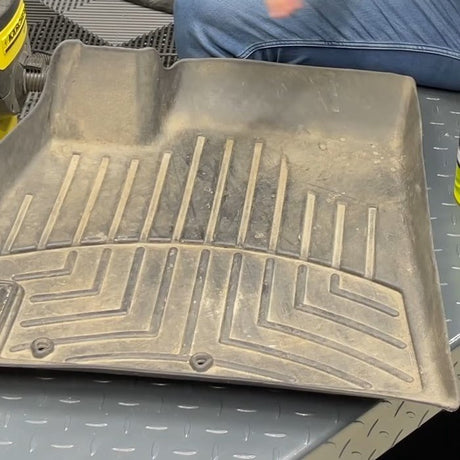
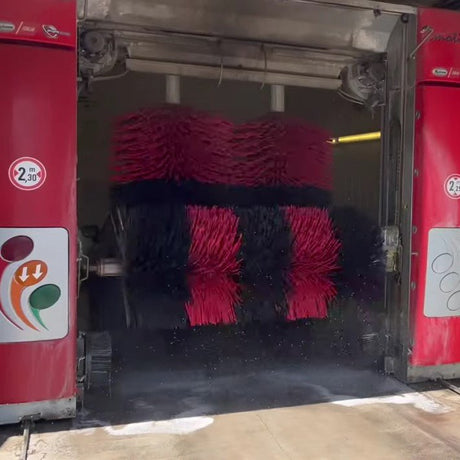
![Best Ice Scraper in the UK [2024 GUIDE] - AutoGlanz AG Car Care](http://auto-glanz.co.uk/cdn/shop/articles/best-ice-scraper-in-the-uk-2024-guide-742556.jpg?v=1709624007&width=460)
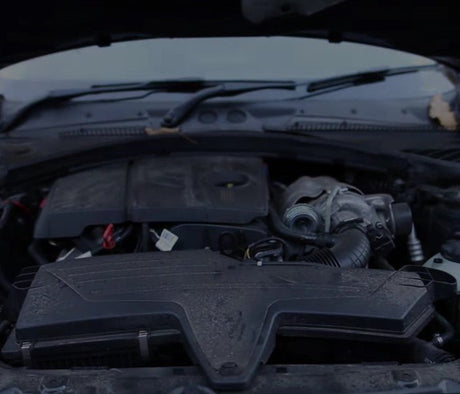
1 comment
Very informative & useful tips
Yhankyou very much